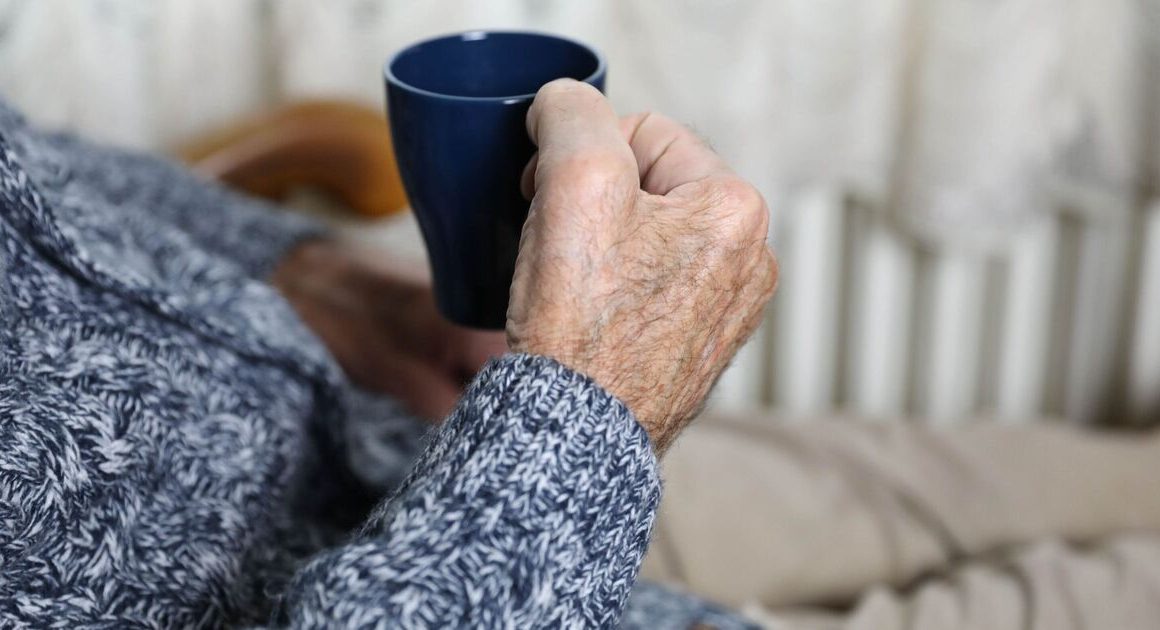Tens of thousands of civilians dead. Warring factions driving millions from their homes. The threat of famine. Fears of genocide. Any one of these would be a crisis warranting a major international response.
But in Sudan, they’re all taking place at once, more than 500 days into a brutal civil war. Little global attention is being paid to what’s happening in the northeast African nation, with few signs the situation there will get any better.
The war began on April 15, 2023, when fighting broke out between the Sudanese Armed Forces (SAF) and the paramilitary Rapid Support Forces (RSF), in the capital of Khartoum, then spread throughout the country.
The two groups had been in a fragile partnership after an October 2021 coup that derailed a transition to civilian-led governance from the 20-year rule of Islamist autocrat Omar al-Bashir, who was ousted in 2019.
The UN says nearly 20,000 people have died as a direct result of the violence, but other estimates suggest as many as 150,000 people may have been killed. Humanitarian agencies are demanding urgent action to prevent mass starvation, while the United Nations has warned violence targeting ethnic groups has the markers of genocide.
Attempts at securing a peace deal have failed to make any progress.
Here’s what you need to know about conflict and the desperate situation people in the country are facing.
What is the biggest concern right now?
The most pressing issue at the moment is that an estimated 25.6 million people — more than half of Sudan’s pre-war population — are now at risk of acute hunger, according to the UN’s World Food Programme (WFP) estimates.
The Famine Early Warning System Network (FEWS NET) says the entire country is in crisis with large swathes facing emergency levels of acute food insecurity and, in some places, famine.
The heads of three humanitarian organizations said the international community’s “silence is deafening” and warned Tuesday the people of Sudan were facing a “crisis unmatched in decades.”
“Every opportunity to head-off the worst of this situation has been missed,” read a joint statement from the leaders of the Norwegian Refugee Council, the Danish Refugee Council and the U.S.-based Mercy Corps.
A UN humanitarian response plan is only 41 per cent funded, and the statement noted that much of that money has come too late to prevent deaths.
Matthew Saltmarsh, a spokesperson for the UN refugee agency, says people who are trapped in war-torn Sudan are in an increasingly dire situation with no end to the conflict in sight.
How bad is the violence?
Human rights groups have accused factions from both sides of the conflict of committing war crimes and carrying out atrocities.
Human Rights Watch (HRW) said it has analyzed videos and photos showing summary executions, mass killings, torture and the mutilation of dead bodies.
UN experts warned last month the RSF has allegedly been “using rape and sexual violence of women and girls as tools to punish and terrorise communities.” In July, HRW reported similar accusations.
The Current23:40Helping Sudanese women fleeing sexual violence
Women fleeing civil war in Sudan are falling victim to sexual and gender-based violence, even as they seek refuge in neighbouring Chad. The Current’s Elizabeth Hoath brings us the stories of four women — and the staggering challenge for aid workers trying to help.
Hospitals and medical clinics have also come under attack, which is a violation of International Humanitarian Law. This means civilians in some areas don’t have a safe place to be treated for injuries and illnesses.
There are alarming reports that civilians are also being killed based on their ethnicity — specifically in the Darfur region.
That region had already been the centre of a brutal conflict between 2003 and 2005, with the UN estimating some 300,000 people were either killed in the violence, or died of disease and starvation.
“It is unquestionable that risk factors and indicators for genocide and related crimes … are present, and the risks are increasing,” Alice Wairimu Nderitu, United Nations Special Adviser on the Prevention of Genocide, said in June statement about the current situation in Darfur.
After more than a year of brutal civil war in Sudan that has reduced cities to rubble and displaced millions, humanitarian groups warn the world is forgetting about the conflict just as international help is most needed.
How many people have fled fighting?
Nearly eight million people are internally displaced and over two million more have fled into neighbouring countries, according to the most recent data from the United Nations High Commission for Refugees (UNHCR).
Chad, which borders the Darfur region, has taken in some 636,000 refugees, nearly 90 per cent of them women and children.
Elizabeth Hoath, a senior producer at CBC Radio’s The Current, travelled to an overcrowded and under-resourced refugee camp in eastern Chad, in June, where people had set up shelters made of sticks, scraps of fabric and plastic sheets.
One woman named Hawa Zakariya told Hoath she and her two children had no mats to sleep on in a makeshift shelter after escaping Sudan on foot with no belongings.
Her husband and parents were still in Sudan but she had no idea, at that time, if they were still alive.
Yaya said she and her children had run out of food and wasn’t sure how they were going to survive. One of her children had contracted malaria.
Benoit Kayembe, a field officer and head of the UNHCR base in the Chadian town of Adré, told Hoath that conditions in the unofficial camp were “far from the standard.”
He said people there were surviving on just five litres of water per person per day, a quarter of what’s considered standard, and noted that latrines designed to be used by 20 people are being used by 60.
He told Hoath there was just one doctor for every 25,000 people.
The Current20:28Lives in limbo at a Chad refugee camp
Inside a refugee camp in Chad, we speak with two men whose lives have been uprooted by Sudan’s civil war. They share their stories of fleeing violence, trying to protect and provide for their families — and whether they have any hope of one day getting to go home.
What is the world doing?
New peace talks in Geneva last month failed to achieve much progress and were limited by the SAF not showing up.
But U.S.-led mediators secured promises from both sides to allow trucks carrying international food aid to enter western Sudan from Chad and from Port Sudan on the Red Sea coast.
U.S. Sudan envoy Tom Perriello told reporters the negotiators hoped the 10-day talks would be an important step toward peace.
“The sad thing is, the crisis in Sudan is so severe that we could do four of these [negotiation rounds] and still be barely scratching the surface of what Sudanese people deserve,” he said.

CBC News contacted Global Affairs Canada to ask about the government’s involvement in attempts to end the fighting, but didn’t receive a response before publication.
Global Affairs Canada has previously imposed sanctions against six people and entities tied to the SAF and RSF, and it accuses both groups of being involved in undermining peace, security and stability in Sudan, and committing human rights violations.
In May, the government extended measures allowing family members of Canadian citizens and permanent residents who fled the conflict in Sudan to stay in Canada.
Peace talks to end 16 months of civil war in Sudan faltered Wednesday, when neither government forces nor the rebel RSF army showed up. The setback has dampened hopes for resolving a conflict that’s displaced around 10 million people.













